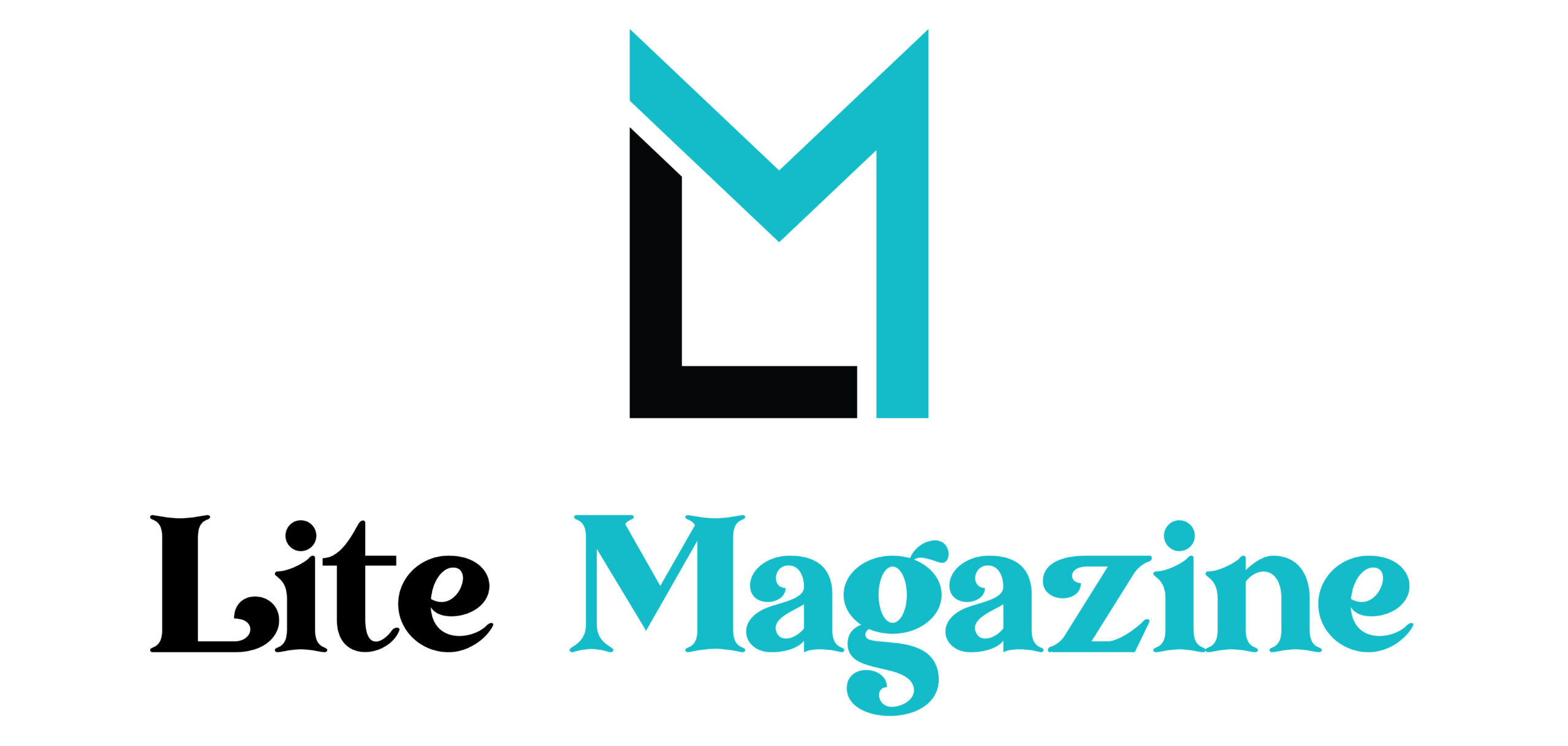A single viral misstep can undo years of brand-building. Yet many companies still treat reputation management as something to think about only when things go wrong. That crisis-only mindset misses the real value of reputation work: shaping how people see you every day, not just after a headline.
The Myth of Damage Control
Traditional reputation management has often meant scrambling after a problem. An incident hits the news, a video goes viral, or a complaint catches fire on social media. The response is rushed statements, legally approved lines, and short-term fixes.
That reactive pattern has clear drawbacks:
- Messages are often fragmented and inconsistent.
- Internal teams are caught off guard and respond differently.
- Recovery can take months because root causes are not addressed.
There are examples of fast, transparent action that limited damage and even restored trust, such as product recalls handled with full visibility and consumer focus. There are also painful examples of slow, defensive communication that made things worse and prolonged the crisis for years.
The lesson is not that reactive response is useless. It is that reputation management built only around damage control is incomplete and risky.
The Limits and Risks of Purely Reactive Reputation Management
Treating reputation management as a bandage comes with predictable problems:
- Legal and regulatory exposure
Poorly handled communication can create legal risk if early statements are incomplete, inaccurate, or dismissive. What you say in the first hours of a crisis can resurface later in court or regulatory investigations. - Escalating negative sentiment
When people feel ignored or misled, they talk more. Negative content spreads faster than positive content, especially on social media. Without a solid reputation management plan in place, the brand is always chasing the narrative rather than shaping it. - Erosion of brand equity
Trust is slow to build and quick to erode. A pattern of defensive or inconsistent responses makes customers question whether the brand is being honest with them. Even if sales recover, the underlying relationship is weaker. - Short-term fixes, long-term damage
Quick statements, one-off apologies, or limited credits may quickly receive immediate backlash but do not address cultural, operational, or customer experience issues. The same problems then resurface in new forms.
A more sustainable approach to reputation management focuses on direction rather than just reaction.
Shifting to a Directional Mindset
A directional mindset treats reputation management as a continuous discipline. Instead of asking, “How do we respond to this crisis?” the question becomes, “What direction do we want our reputation to move in, and how do we guide it there over time?”
See More: Could a Single-Session Skin Refresh Be the Boost Your Routine Is Missing?
What Directional Reputation Management Looks Like
Directional reputation management is built on:
- Proactive planning
Regular reputation audits, monitoring, and scenario planning to identify potential issues before they blow up. - Narrative steering
Clear, consistent storytelling about who the brand is, what it stands for, and how it responds when things go wrong. - Values and accountability
Commitments that show up in decisions, not just slogans. This includes clear standards for ethics, responsibility, and customer treatment. - Measurable outcomes
Tracking sentiment, trust, reviews, and advocacy to see whether your reputation management strategy is actually working.
In practice, this means that when something does go wrong, the organization is not starting from zero. There is already trust in the bank, clearer expectations, and a framework for communication.
Core Principles of Directional Reputation Management
Directional reputation management sits on a few non-negotiables:
- Authenticity
People can tell when a statement is written to minimize legal risk rather than to speak plainly. Authentic, human language builds more trust than jargon-heavy messaging. - Consistency
The story you tell customers, employees, partners, and media needs to line up. Internal reality and external messaging should match. - Foresight
Instead of asking, “How do we make this go away,” the better question is, “What will this look like in a year if we do nothing, do the bare minimum, or truly fix it?” - Responsiveness
Silence or delay is itself a message. Timely, thoughtful updates show that the brand is paying attention and taking people’s concerns seriously.
Proactive Brand Building as Reputation Management
Strong brands do not wait for a problem to start talking. They use reputation management as a brand-building tool long before a crisis appears.
Practical ways to build a proactive foundation include:
- Thought leadership
Sharing practical, honest expertise through articles, interviews, and social content. This positions your organization as a credible voice, not just a seller. - Search visibility for positive narratives
Making sure accurate, up-to-date information and helpful resources appear in search results for your brand and leadership, not just old stories or uncontextualized comments. - Real customer stories
Encouraging genuine reviews and testimonials, and responding to them. People trust other people more than they trust brand slogans. - Clear values in action
Highlighting the choices you make that show what the company stands for, not only when things go well but also when it costs something to do the right thing.
Over time, this creates a buffer. When something negative happens, you are not defined by a single incident because there is a wider, documented track record to balance it.
Stakeholder Alignment: Everyone Tells the Same Story
Reputation management is not just a job for PR or marketing. It depends on alignment across:
- Leadership
- Customer support
- Legal and compliance
- HR and internal communications
- Sales and account management
Misalignment looks like one thing being said to customers, another to investors, and something completely different shared internally. Alignment looks like:
- Shared talking points and principles, not rigid scripts
- Regular communication with employees about what is happening and why
- Feedback loops where staff can raise issues before they become public
When stakeholders are aligned, reputation management becomes a shared responsibility rather than a last-minute scramble handled by a single department.
Practical Strategies for Putting Direction Into Practice
Moving from reactive to directional reputation management does not require a massive overhaul all at once. It can start with a simple set of steps:
- Run a reputation audit
Look at search results, reviews, media mentions, and social conversations. Document what people actually see when they look you up. - Map your risk areas
Identify where things have gone wrong in the past: product quality, customer service, data privacy, and communication style. These patterns usually repeat unless they are addressed at the root. - Set a clear narrative
Define, in plain language, what you want people to think and feel about your organization. Use this as a compass for future communications. - Build response principles, not just templates
Create guidelines for how the brand responds to criticism, mistakes, or crises. Focus on truthfulness, speed, empathy, and actionable commitments. - Schedule regular reviews
Quarterly or semi-annual check-ins to review sentiment, feedback, and whether your strategies are moving you in the right direction.
This keeps reputation management active and evolving, rather than something you only revisit when there is a headline.
Tools and Monitoring Techniques Without Overcomplicating It
You do not need every enterprise tool on the market to manage your reputation effectively. A focused stack is usually enough:
- Basic alerts for mentions of your brand, executives, and key products
- Social listening to see how conversations shift over time
- Review monitoring on key platforms that matter in your industry
- Search monitoring to watch which stories and pages appear when people search your name
The goal is not surveillance for its own sake. It is to spot patterns early and use them to guide smarter decisions in your reputation management strategy.
Measuring Long-Term Reputation Success
Good reputation management is measurable. It shows up in how people talk about you and how they behave toward you.
Helpful indicators include:
- Shifts in overall sentiment over time
- The tone and content of the top search results for your brand
- The ratio of positive to negative reviews and how quickly you respond
- Referral volume and repeat business from existing customers
- Employee advocacy and internal trust levels
You do not need perfect numbers. You need consistent tracking and honest interpretation, so you know whether your efforts are actually earning more trust or just generating more activity.
Overcoming Common Reputation Management Challenges
Even with a strong strategy, some challenges repeat across organizations:
- Viral negative reviews or videos
The real damage usually comes from slow, defensive, or dismissive responses. Clear, timely, and human replies matter more than clever wording. - Inconsistent messaging across teams
Solve this with internal alignment and shared principles, not a list of canned statements no one believes. - Limited resources
Smaller organizations often cannot monitor everything. In those cases, focus on your highest-impact channels: key review sites, your primary social platform, and the first page of search. - Measuring “soft” trust
Trust is not a single number, but repeated surveys, feedback collection, and review analysis build a realistic picture over time.
Learn More: Audio Aliasing: The Unwanted Guest in Your Music
Where Partners Like NetReputation Fit In
Some organizations have the intention and awareness but not the time, tools, or internal expertise to manage all of this consistently. That is where partnering with specialists can help.
Companies like NetReputation focus on reputation management as an ongoing discipline, not just emergency cleanup. Their work often includes:
- Auditing search results and digital footprints
- Developing strategies to elevate accurate, positive information
- Monitoring brand mentions and sentiment
- Coordinating removal or suppression efforts where appropriate
- Aligning reputation tactics with broader brand and communications goals
For brands that want a more directional, proactive approach but are already stretched thin, an external partner can serve as a dedicated reputation management layer, keeping watch even when internal teams are focused on day-to-day operations.
Final Thought
Reputation management will always involve some level of damage control. Things go wrong. People make mistakes. Content spreads in ways you cannot fully predict.
The difference between brands that recover and brands that slowly lose trust is not who makes fewer mistakes. It is those who treat reputation management as a core business function, guiding perception with intention every single day rather than waiting for the next crisis to force their hand.








